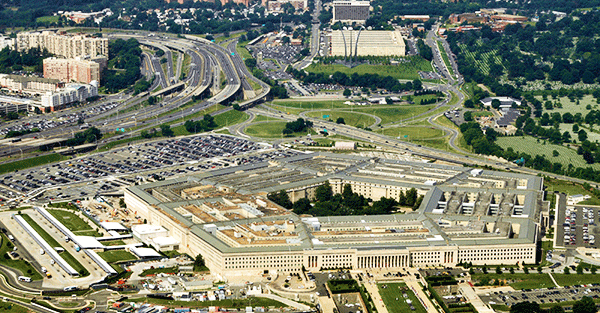
Tomorrow never comes: neglecting the nuclear force … In 2014, following several high-level embarrassments, Secretary of Defense Chuck Hagel ordered two enterprise-level reviews of nuclear forces. Remarking on their findings, Hagel said, “the internal and external reviews I ordered show that a consistent lack of investment and support for our nuclear forces —over far too many years — has left us with too little margin to cope with mounting stresses.” -WarontheRocks.com
This article published in June makes a case that the Pentagon’s nuclear weapons ought to be funded in a disciplined manner every year.
We have a different issue. The review the article refers to was carried out in 2014, and is indicative of the larger, troublesome issue affecting the Pentagon.
The Pentagon investigates itself.
When researching our articles on Hiroshima and Nagasaki, see HERE, we discovered that a single journalist, William Laurence, had been provided significant access to the Manhattan Project, the first test of the A-Bomb and a seat on the bomber that dropped the bomb on Nagasaki.
The reporter provided elaborate coverage of the mission including a written portrait of the plutonium bomb exploding.
Not only was broad access provided only to one reported, this reporter – it was later revealed – was on the payroll of the Dept, of Defense, though at the time he was characterized solely as an employee of the New York Times.
Wikipedia tell us:
An estimated 35,000–40,000 people were killed outright by the bombing at Nagasaki. A total of 60,000–80,000 fatalities resulted, including from long-term health effects, the strongest of which was leukemia, with an attributable risk of 46% for bomb victims.
Yet, Crawford Sams who ran the Atomic Bomb Casualty Commission in Japan had this to say about the bombing of Nagasaki:
When I came back to this country, I was appalled, from a military standpoint, to find that our major planners in the War Department were using their own propaganda, 100 thousand deaths, Bing! …
You don’t hear much about the effects of Nagasaki because actually it was pretty ineffective. That was a narrow corridor from the hospital … down to the port, and the effects were very limited as far as the fire spread and all that stuff. So you don’t hear much about Nagasaki.
In our Hiroshima and Nagasaki coverage, we simply collected Internet articles and videos and compared them. There is contradictory information on all fronts. The Defense Department shaped the narrative, however, as it wished.
The entire process is a lot like what happened in the aftermath of 9/11. There was plenty of anomalous evidence. But somehow the idea that a handful of “terrorists” rammed planes into buildings and destroyed them remains the major explanation.
Curiously, there have been reported sightings of many of these terrorists after the fact. The FBI has blamed the situation on “mis-identification.”
Similarly, the Nagasaki and Hiroshima narratives remain questionable. Very few reported were allowed to investigate either city.
Now, as then, the Pentagon provides information to selected journalists who write stories based on what they have received.
The WarontheRocks.com article reveals the following:
Recent estimates for needed facilities, weapons, and infrastructure upgrades for the nuclear triad total $1 trillion over the next 30 years, even after cutting the nuclear stockpile in half since 2001.
The vast sums of money flowing to the Pentagon, and the secretive way that it generates its budgets and then, eventually shares them with politicians and journalists, is a recipe for confusion and misinformation.
The whole military process begins to resemble a “dominant social theme” – elaborate propaganda designed to suck as many tax dollars as possible out of Treasury coffers, often with little in the way of results.
But the most troublesome aspects of the Pentagons operations have to do with the lack of even rudimentary oversight by anyone other than the Pentagon itself.
It is true that Congress overseas the Pentagon. But Congressional reps obviously depend on the Pentagon to investigate its own issues. They then receive the “reports” just as the media does.
As communications technology continues to expand, there will doubtless be more and better investigations about nuclear weapons, how effective they are and why they cost so much. Hopefully, they will come from third-party sources.
Conclusion: This hasn’t happened yet, but the Internet is process not an episode. No matter the misdirection, it is likely the 21st century will provide a good deal more truth about these critical issues than the 20th.
